What is VAM and can I use it to improve my climbing?
A cycling metric that doesn’t need power meters or heart rate data but can still be used to improve your climbing. Everything you need to know about your VAM


In the days before power meters were ubiquitous, cyclists often used VAM to measure their climbing prowess. VAM is an acronym for the Italian phrase velocità ascensionale media but over time has become known in English as vertical ascent in metres. Your VAM is a number that shows the amount of metres you are climbing, vertically per hour.
It is a simple but pure measure of how quickly you are going up. Not up a slope, hill or gradient, but straight up. Vertically. It’s you and the bike versus gravity, and the higher the number the better.
GPS units will measure and display your VAM as you ride and most if not all ride logging sites and apps will give you a VAM number for your ride, and you’ll see it listed against some of your Strava segments too.
You can also measure it retrospectively if you’ve timed your ride (or sections of it) and can use simple mapping software on a computer. All you need is your time from a start point to an end point and the elevation gain between those two points. Some very simple maths and hey presto, you have your VAM for that climb. The formula is:
VAM = (vertical metres climbed X 60) / time
For example, lets look at Box Hill in Surrey. One of the most heavily ridden climbs in the world according to Strava statistics with over one million rides logged. There are a few segments covering this climb, but we’ve used the ‘Box Hill 2.2km’ segment for this example. It starts at 53m above sea level and tops out at 173m. An elevation gain of 120m. If you were to climb that in eight minutes your VAM for the climb would be 900 m/hr. Even though you’ve only climbed 173m, your rate of climbing if continued at that same pace for one hour, would see you gain 900 vertical metres.
The rider at the top of the segment is currently Ribble Weldtite’s Zeb Kyffin, with an incredible time of 4.21 mins and a VAM of 1,650. This is a very high VAM for a climb that averages 5.2%.
While VAM is in essence a simple measure, as ever there are some complexities. Your VAM will vary depending on the gradient of a climb. On a short 20% climb it will be much higher than on a long climb of, say, 6%.
Get The Leadout Newsletter
The latest race content, interviews, features, reviews and expert buying guides, direct to your inbox!
Lets take a look at how it can vary, using Zeb as our guinea pig. On his Strava profile he has over 25 pages of KOMs so there’s lots to choose from. The segment ‘Climbing out of Ardrossan’ (on the North Ayrshire coast) is 4.37km long with an elevation gain of 139m and gradient of 3.2%. His VAM on that climb is much lower than Box hill at 1,030.
Now onto a shorter climb, ‘Quarrington HC Steep Bit Only’. This is a 0.45km climb with 46 metres of elevation gain. Zeb’s time of 1.02 minutes puts him in second place but with an enormous VAM of 2,705.
So the steeper the climb, the higher your VAM is likely to be. But the effort itself is likely to be much shorter, as 20% climbs are often short. According to Training Peaks VAM increases exponentially for every increase in gradient factor at a constant power. For example, a 64kg rider with a 300 watt average output will have a VAM of 1,180m at 5%, 1,290m at 8% and 1,475m at 11%. That's an increase of 110 from five to eight percent and 185 from eight to eleven percent.
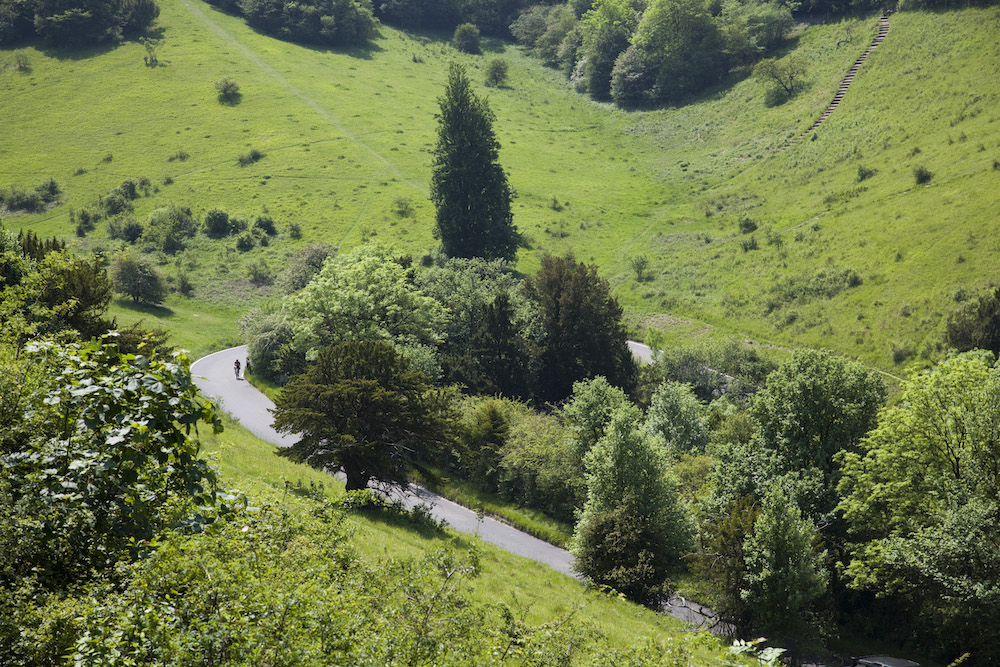
Boxhill in Surrey: No shortage of Strava rides
Training Peaks also uses another formula with a gradient factor added in to create a VAMw/kg which would standardise the number across gradients. For the purpose of this article we’ll stick to the more simple measure of VAM, but do so on the understanding of how it changes with gradient.
Best climbs to get a high VAM
If your aim is to get as high a VAM as possible you need to search out short sharp climbs, like those on the North Downs in Surrey and Kent. There are plenty of steep climbs around Sheffield, and in the Peak district too, but many of them are longer, sometimes too long for a high VAM. If you want to see how high a VAM number you can get, start by looking for a climb under one kilometre with an average gradient of over 15%.
Ideally find a climb that sees an effort of around one minute. This will suit a more explosive rider who can hit a maximum effort quickly and hold on. Ensure you’re warmed up, but not fatigued. 20 minutes of riding with a couple of activation sprints (short efforts of 6-10 revolutions at high rpm that turn your muscles on) should be about right.
Find a climb that has a nice clear run-in, rather than a tight turn, allowing you to build momentum and hit it at a good speed. A steep climb like this is best ridden out of the saddle, so you want to get your weight forward over the handlebars, but not so far forward that you lose traction on your rear wheel.
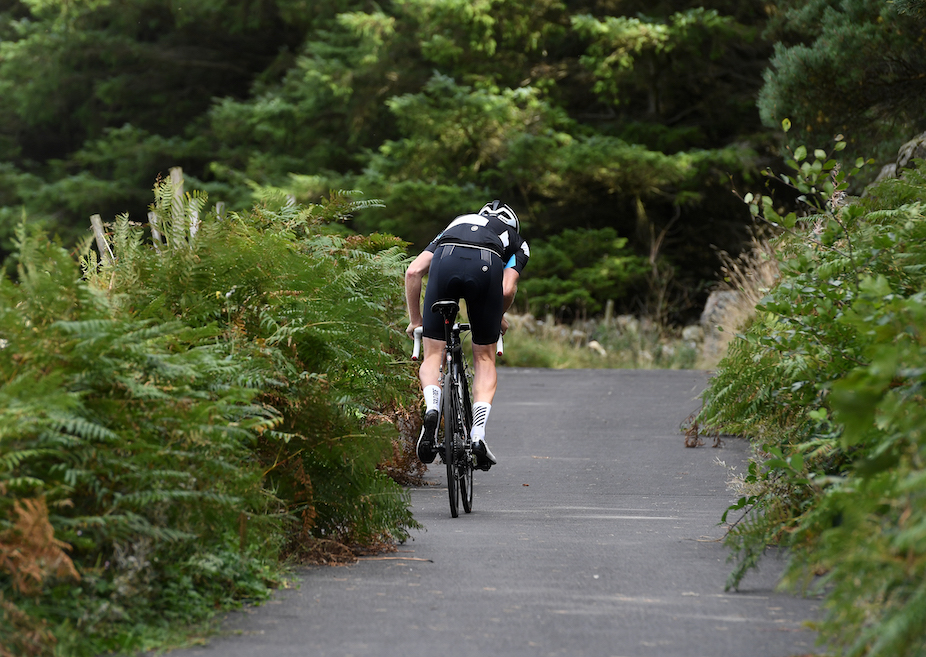
Short steep climbs like Bamford Clough are perfect for getting a high VAM score. Picture by Andy Jones
Keep as high an RPM as possible so your force through the pedals is consistent - not jerky, this can lead to rear wheel slip - but be ready to change down if you’re spinning too fast and losing momentum. Your ideal RPM is a balance between a good cadence and high enough force through the pedals.
Depending on the time of year and weather conditions, look out for doing it in the wet as chances of wheel-slip increase.
Finally, as climbing is all about weight you’ll want to be as light as possible if going for a VAM pb. You can shed weight from your bike by taking a small water bottle and only essential spares. If you have too much kit with you, look for somewhere safe and out of site to stash it at the bottom of the climb.
Some people will hit better numbers the second time around, as the first effort works as a warm up and readies the body for the effort. It can also serve as a useful practice effort, helping you work out how best to ride the climb flat out - where you need to go all out, where you need to pace yourself a bit more etc.. If you want try a second time, allow a five to ten minute period for your body to recover, riding around spinning a small gear, then give it another go.
Does Strava list VAM for all climbs?
No, Strava only shows VAM within a segment list for a Strava categorised climb. Strava uses a similar climb categorisation system to pro races, with cats 4, 3, 2, 1 and HC (hors categorie). Four being the 'easiest' climbs, HC being the hardest, and usually the longest.
Climbs are categorised by Strava if they meet this criteria: The average gradient is at least 3%, the segment distance is at least 300m, the length of the climb multiplied by the grade of the climb is greater than 8,000.
So you’ll find Hardknott pass in the Lake District, Box Hill in Surrey, Boulder Canyon in Colorado and all the major Tour de France climbs are categorised, but many of your local climbs won’t be. For those you’ll need to calculate your VAM yourself.
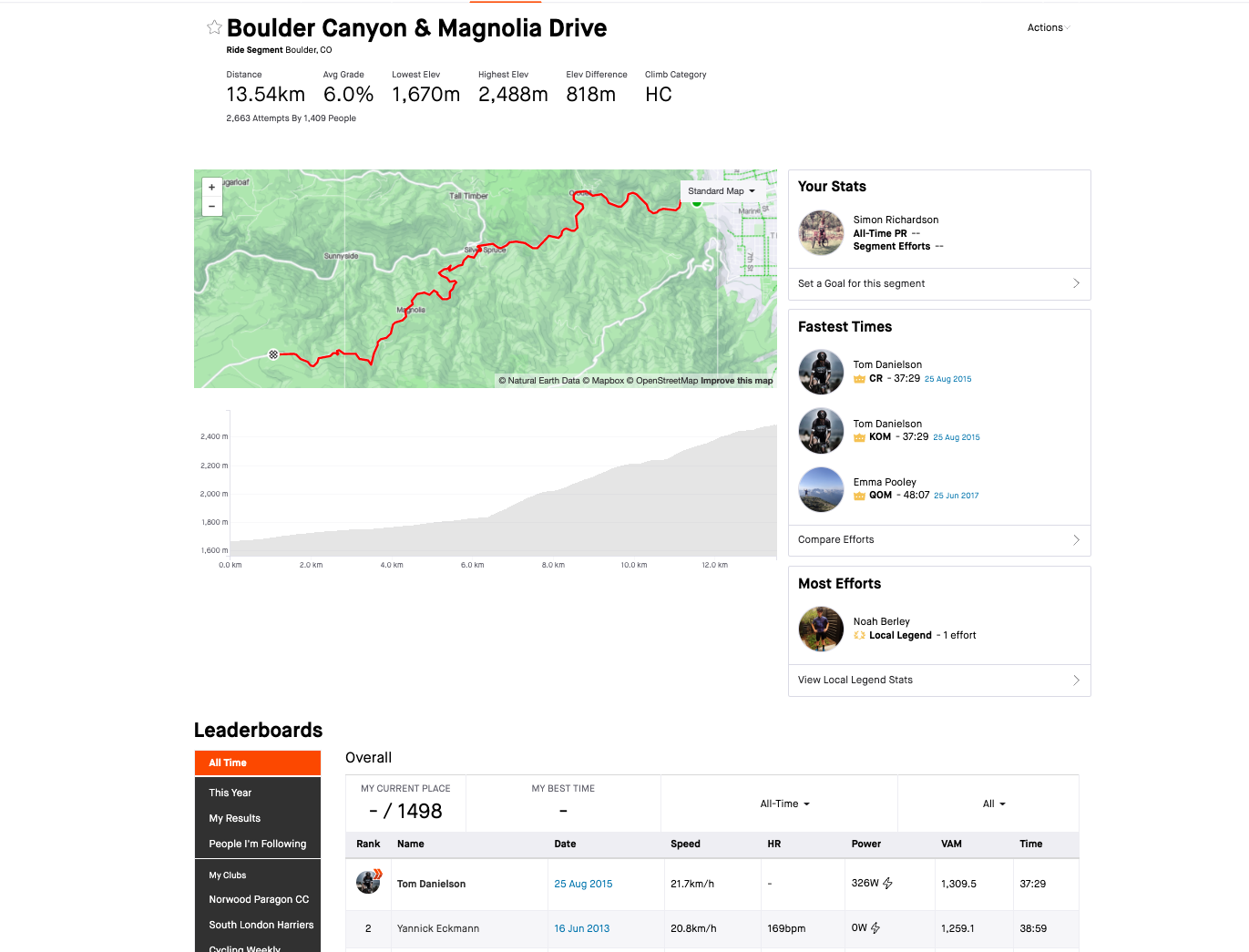
The climb of Boulder Canyon is a categorised Strava climb, so VAM is shown in the KOM leaderboard
How do I use VAM to improve my climbing?
When using your VAM to chart your progress it’s important to remember to measure like for like. As we’ve seen VAM increases with gradient, so it’s no good looking at your VAM across different hills, or over whole rides. And you don’t have to try and hit the highest possible number, you can instead focus on improving your VAM on a preferred climb.
It’s best used on climbs that you know and ride often. This allows you to compare efforts. If like most people you use Strava your local climb will likely already have a segment, if it doesn’t it’s easy to create one. This will give you a start and finish point, a time and the elevation gain, without you having to work it out. It will also be consistent over future efforts.
If it’s not a Strava categorised climb you’ll have to calculate your VAM using the formula above. Once you’ve done that, take a note of it as that's the number you’ll want to beat next time. You can do this retrospectively, or have a live readout on your computer.
Once you have all this info to hand for the climbs you know, and displayed in front of you, you can set about improving your VAM. This comes down to improving your climbing, which is all about power to weight and is a whole different article.
The aim is to increase your power and decrease your weight. But any weight loss from your body needs to be done very carefully, and it’s essential that you continue to eat a healthy balanced diet even if trying to lose weight. This will keep you healthy and allow you to recover well between training rides.
Increasing your power is all down to training. Simply put, ride your bike more. But if you want to get serious, seek out a coach and start working on your aerobic, anaerobic and neuromuscular power. Good luck!
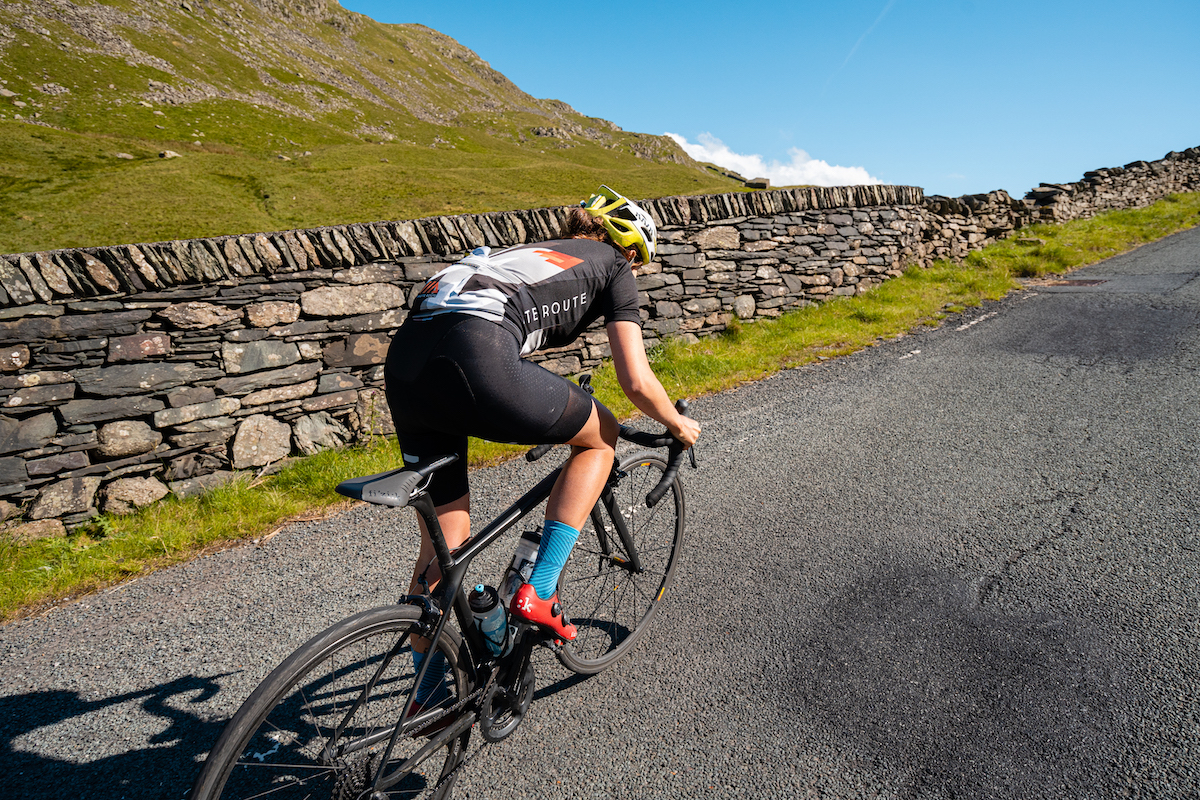
How do I set up VAM on my GPS device
All devices have different set ups, but as an example, here’s how we set up VAM on our Wahoo Element Roam. This allows us to show it on our main page, and on our climbing page.
- Open the Wahoo app
- Select ‘Settings’ in the bottom right
- Select ‘Pages’
- Select ‘Workout data’
- Scroll down and select ‘Add field data’
- Select ‘Climbing’
- Scroll down and select VAM (m/hr)
- Use the three horizontal lines to move it to your preferred place on your screen

This will add a VAM reading to your home screen. On a Wahoo you can then move it up and down the display using the three horizontal lines. You can also select VAM to be displayed on a climbing screen which might be the one you chose to display when attacking climbs or going for pbs.

Thank you for reading 20 articles this month* Join now for unlimited access
Enjoy your first month for just £1 / $1 / €1
*Read 5 free articles per month without a subscription

Join now for unlimited access
Try first month for just £1 / $1 / €1

Editor of Cycling Weekly magazine, Simon has been working at the title since 2001. He fell in love with cycling 1989 when watching the Tour de France on Channel 4, started racing in 1995 and in 2000 he spent one season racing in Belgium. During his time at CW (and Cycle Sport magazine) he has written product reviews, fitness features, pro interviews, race coverage and news. He has covered the Tour de France more times than he can remember along with two Olympic Games and many other international and UK domestic races. He became the 130-year-old magazine's 13th editor in 2015.
-
 'I'll take a top 10, that's alright in the end' - Fred Wright finishes best of British at Paris-Roubaix
'I'll take a top 10, that's alright in the end' - Fred Wright finishes best of British at Paris-RoubaixBahrain-Victorious rider came back from a mechanical on the Arenberg to place ninth
By Adam Becket Published
-
 'This is the furthest ride I've actually ever done' - Matthew Brennan lights up Paris-Roubaix at 19 years old
'This is the furthest ride I've actually ever done' - Matthew Brennan lights up Paris-Roubaix at 19 years oldThe day's youngest rider reflects on 'killer' Monument debut
By Tom Davidson Published
-
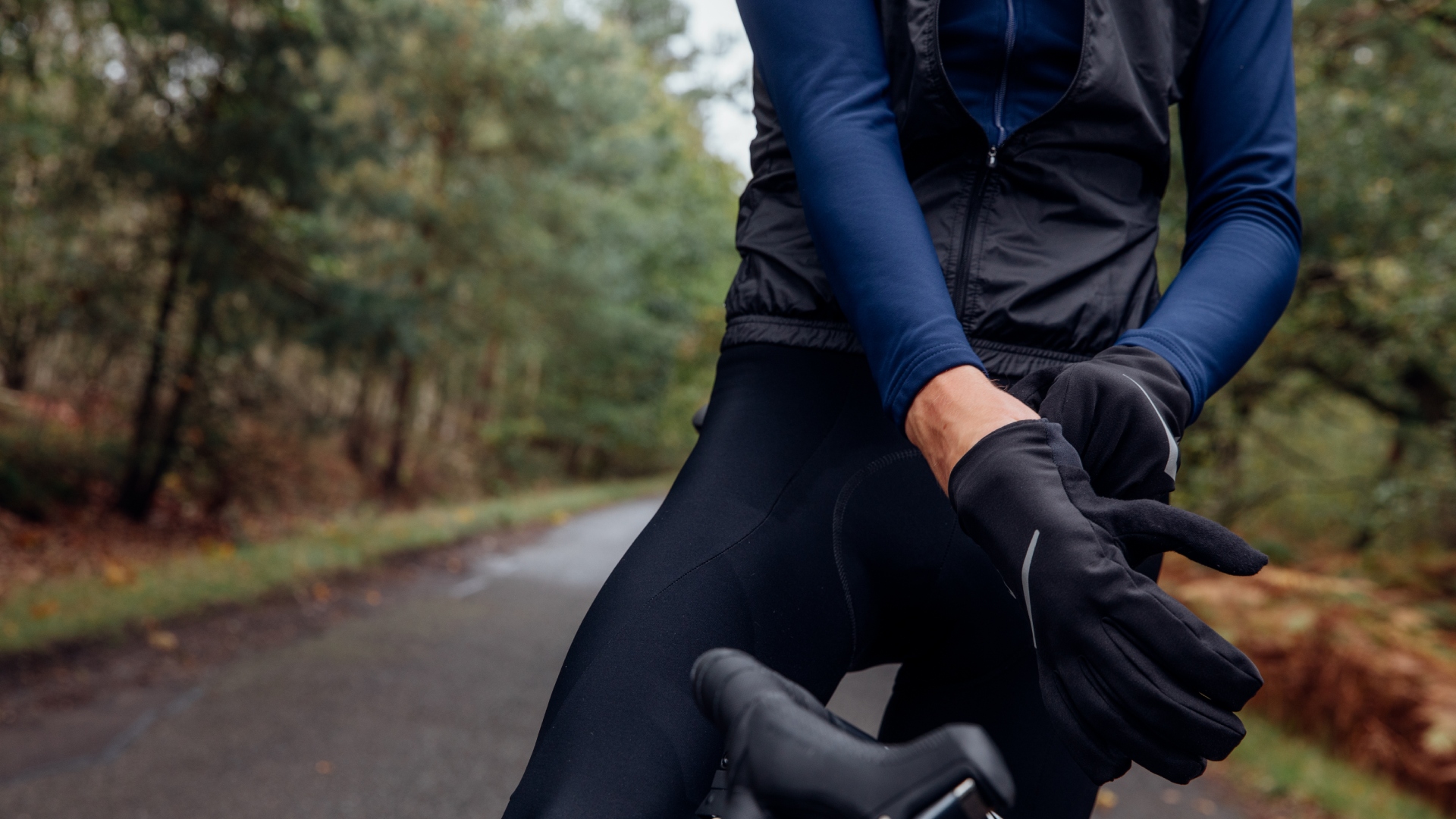 Riding with Raynaud’s: How to beat cold hands and feet over winter
Riding with Raynaud’s: How to beat cold hands and feet over winterSymptoms of Raynaud's syndrome extend far beyond simply having chilly hands and feet, our experts guide you through the how-to on making winter riding bearable despite the disease
By Lexie Williamson Published
-
 Does riding in the cold always have to slow you down?
Does riding in the cold always have to slow you down?Recent research reveals that starting a ride cold can decimate endurance. James Witts examines how rolling out toasty boosts staying power
By James Witts Published
-
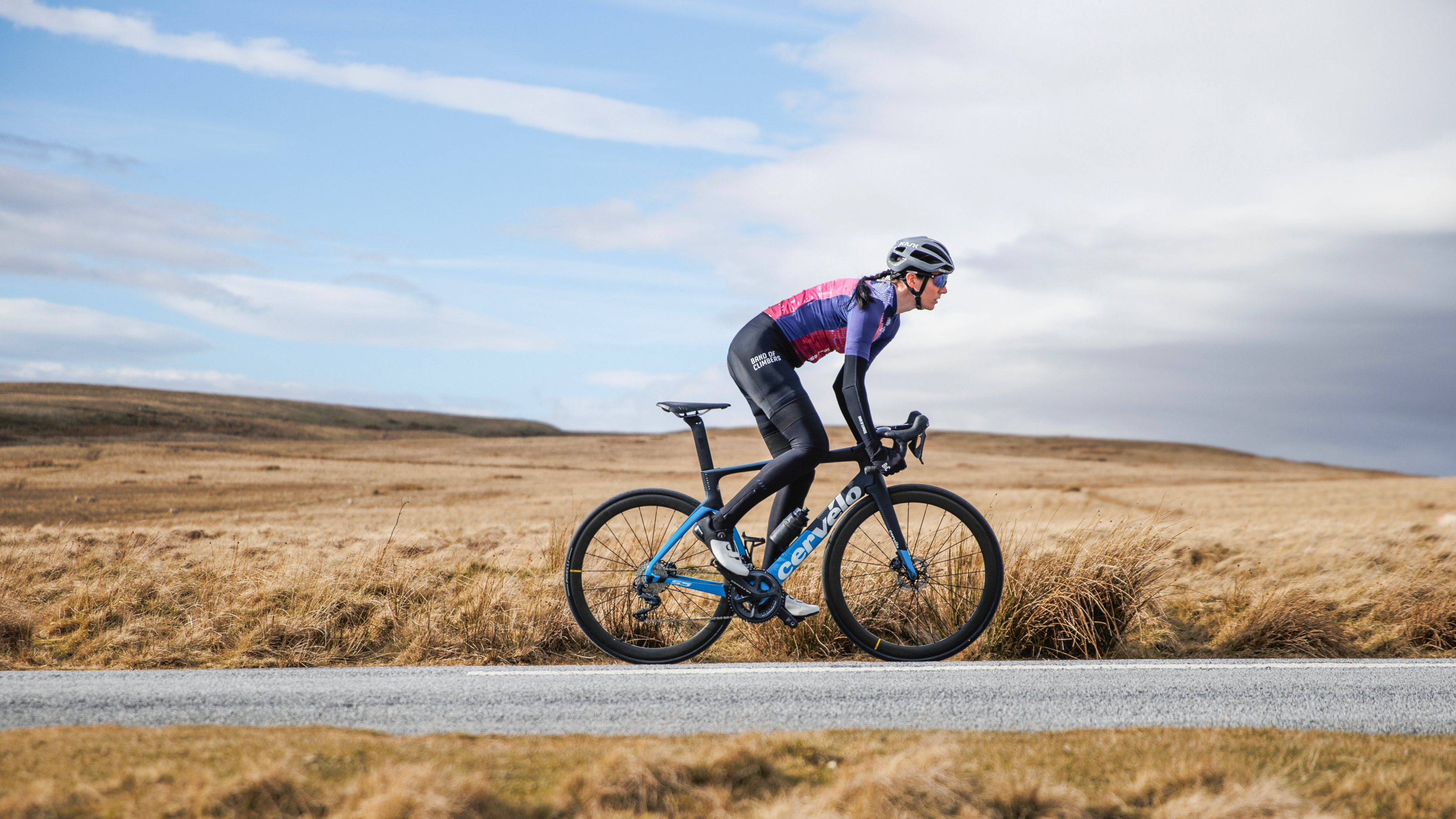 Forget 'new year, new me': 31 realistic, bitesized new habits for 2025
Forget 'new year, new me': 31 realistic, bitesized new habits for 2025Small adjustments to your daily routine can have a big impact on your cycling fitness. Lexie Williamson lists 31 good habits, one for each day of January
By Lexie Williamson Published
-
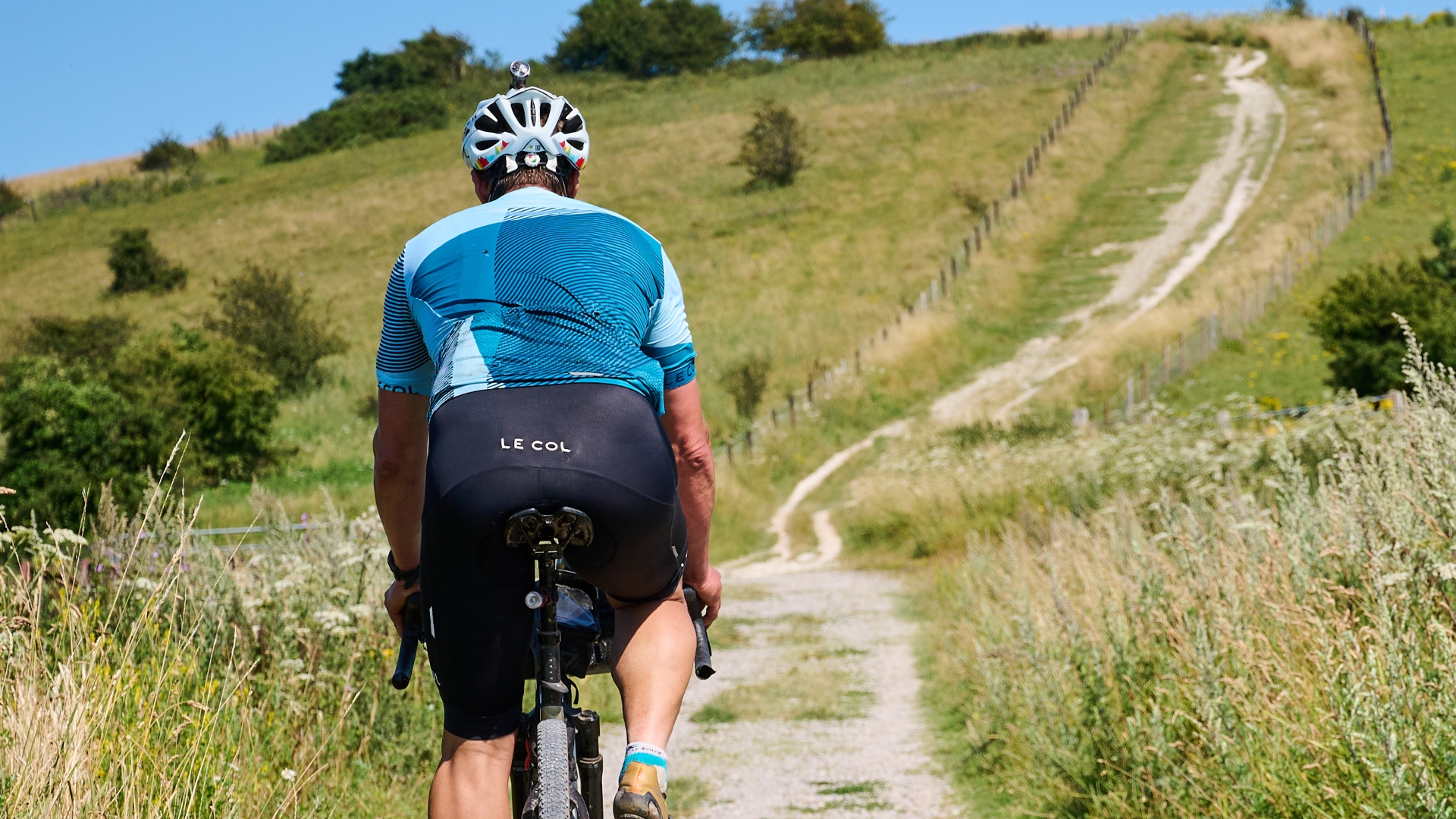 'My riding companion proceeded to fragment into countless tiny particles and dissolve into the night sky — I was hallucinating': Inside a 500km ultra ride
'My riding companion proceeded to fragment into countless tiny particles and dissolve into the night sky — I was hallucinating': Inside a 500km ultra rideKeen to test the limits of his well-matured endurance, Steve Shrubsall hurls himself headlong into a 500km ultra-endurance adventure across England's North and South Downs
By Stephen Shrubsall Published
-
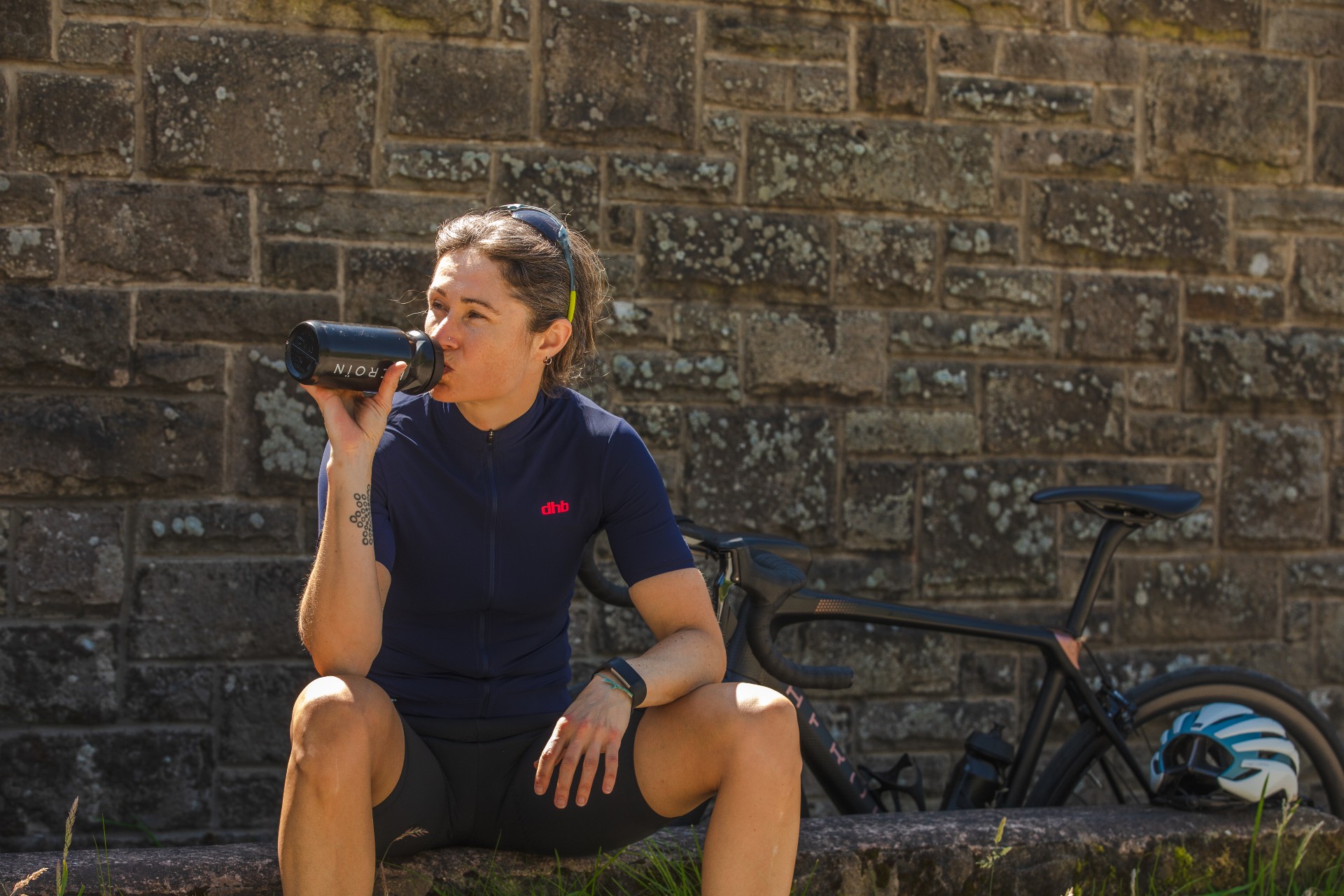 Hot weather cycling: 6 tips to help you keep your cool
Hot weather cycling: 6 tips to help you keep your coolA spell of hot weather needn't stop you enjoying your riding, as long as you take some precautions to prevent over-heating and dehydration
By Anna Marie Abram Published
-
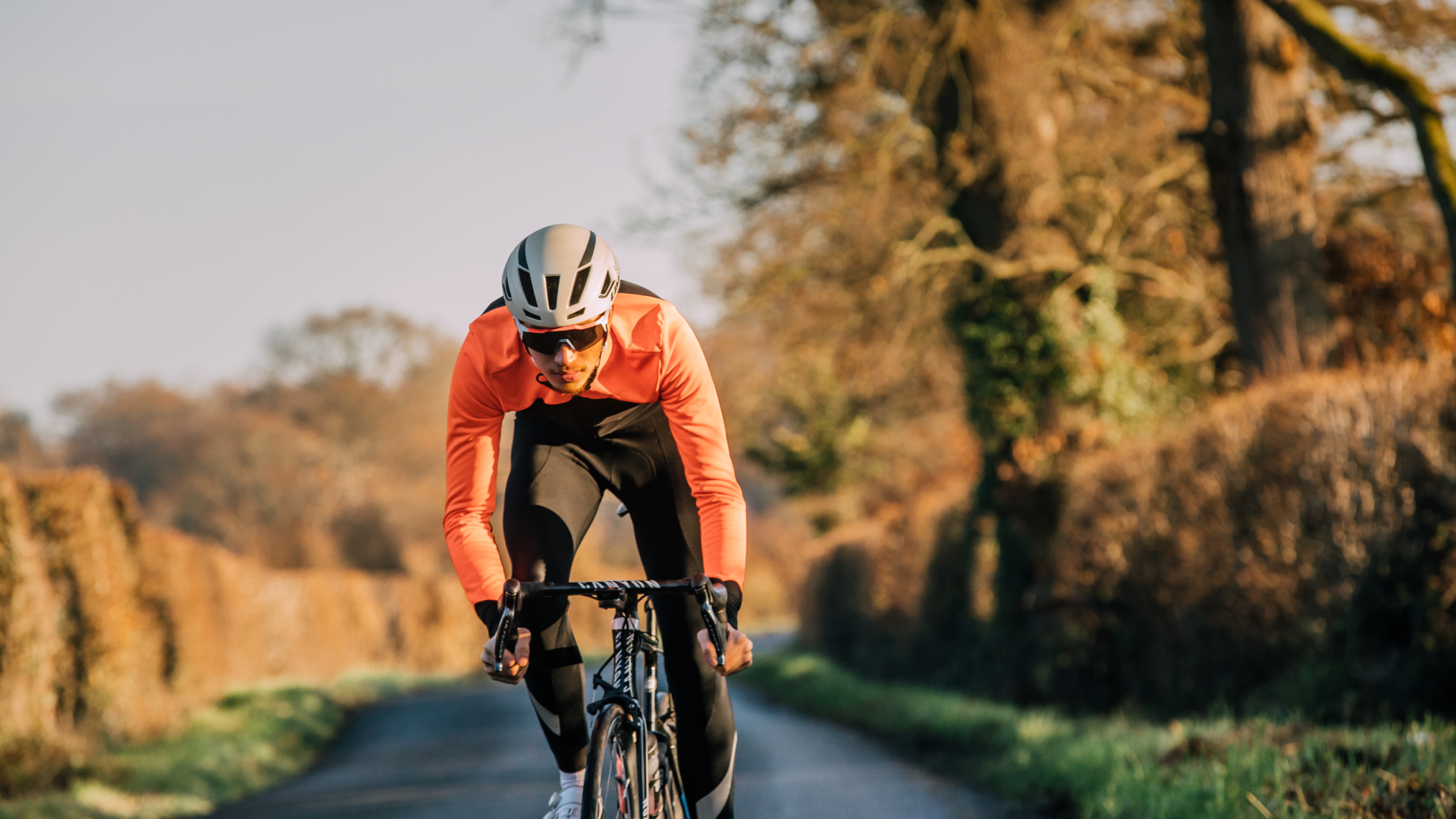 21 ways to get your season off to a flying start
21 ways to get your season off to a flying startMotivation is key: achievable, aspirational goals with clear checkpoints is a great place to start. Structured training, bike servicing and joining a club will all help set you on the right trajectory, too
By Charlie Allenby Published
-
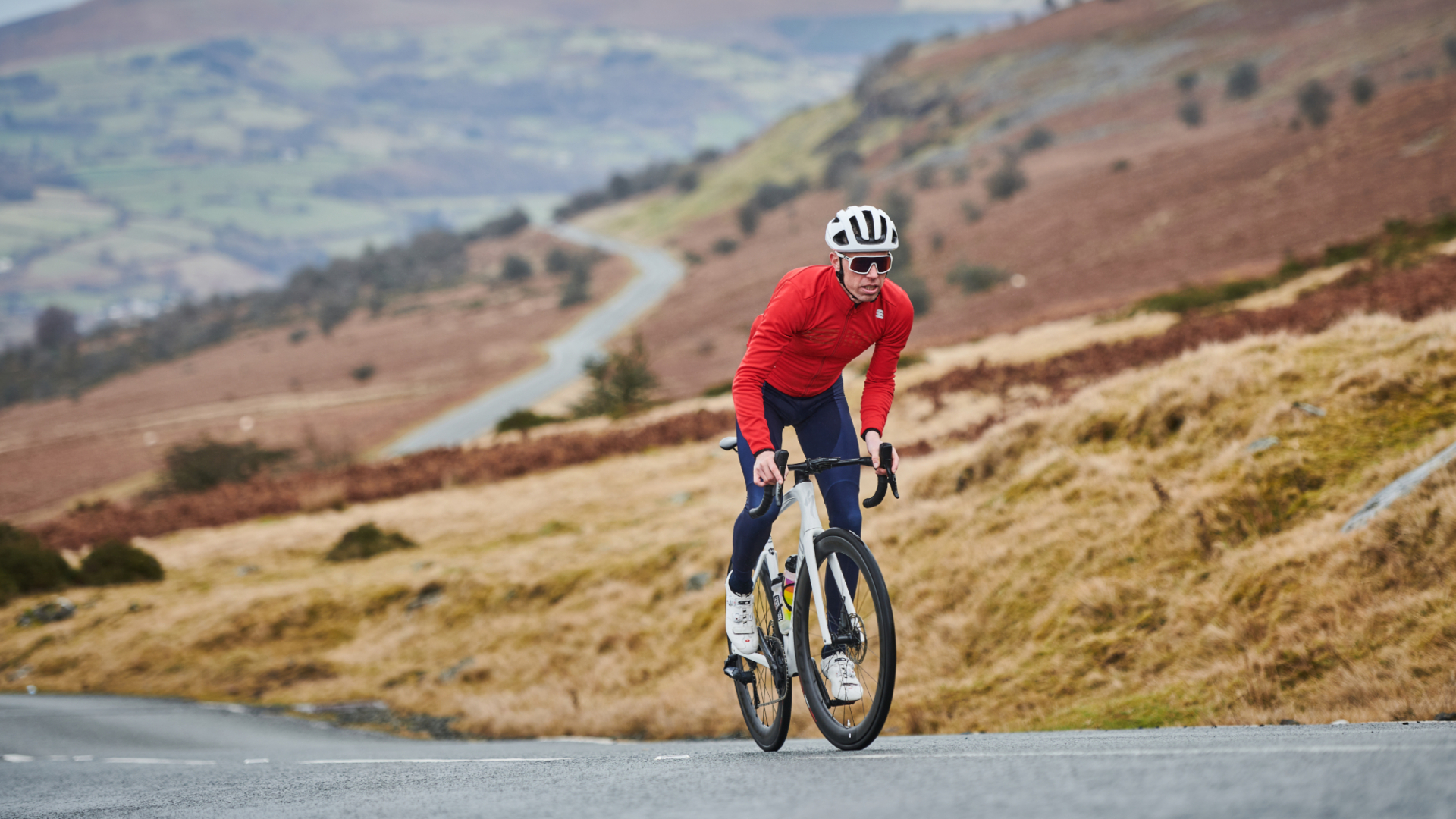 Eight-step guide to crafting your achievable goal this year, according to a cycling coach
Eight-step guide to crafting your achievable goal this year, according to a cycling coachHow to come up with a target you can hit - plus some pointers on how to stay on track
By Chris Marshall-Bell Published
-
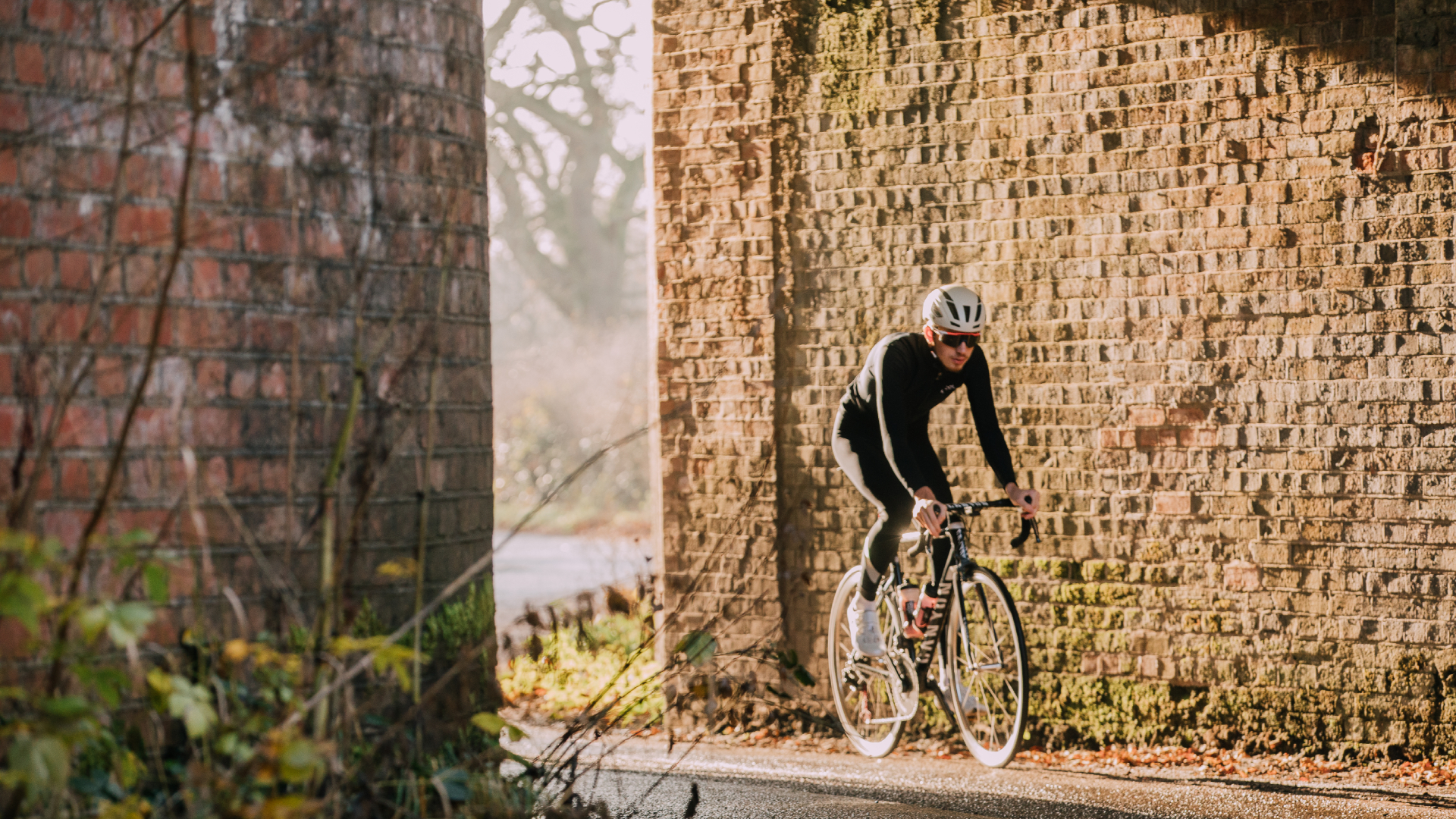 Why is everyone talking about Zone 2 training? Tadej Pogačar, or rather his coach, is responsible - here’s why
Why is everyone talking about Zone 2 training? Tadej Pogačar, or rather his coach, is responsible - here’s whyThe cacophony of praise for Zone 2 training of late left Chris Sidwells scratching his head. So he decided to find out what all the fuss was about
By Chris Sidwells Published